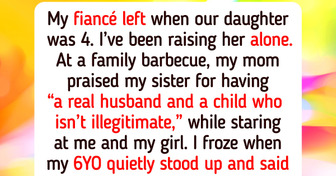Men And Women — We Are So Different


In an industry so prone to change, such as the fashion industry, it’s only natural to expect that the role of a model would adapt to such circumstances. What was once an ephemeral, low-paid job and not the smartest career choice is now a multi-million dollar industry today, with models’ careers successfully spanning over decades. From ’’fashion dolls’’ and ’’live mannequins’’ to supermodels of the ’90s, we are taking a look back at the very beginning of fashion modeling.
The French word, ’’modelle,’’ was originally used to describe people posing for painters. At that time, ’’mannequins" were used to advertise clothes, but later on, they were replaced with human models, called ’’live mannequins.’’ With the invention of the camera, the term, ’’model,’’ broadened to photographing models for newspapers.
By the 1920s, the word ’’model’’ became more widespread, as department stores across Europe and the US regularly staged fashion parades with live models.
Lisa Fonssagrives (left), whose career took off in the ’40s, was a Swedish fashion model widely credited as the first supermodel.

By taking part in fashion shows and signing a number of contracts with big cosmetic companies, American model Suzy Parker became one of the most prominent models of the decade.
By the late 1960s, rigid facial expressions and movements of the ’50s models were replaced by brighter, more casual aesthetics, with models encouraged to show their personalities on the runway along with the music.
The first time the US Vogue magazine featured an African-American woman on the cover was in 1974, which paved the way for other models of color.
What followed was the ’90s, the golden age of supermodels. More than ever before, models were becoming successful businesswomen, producing their own posters, calendars, and perfumes. Models were seen as new celebrities and were frequently featured in the media and even in music videos.
Although models like Kate Moss were in high demand on catwalks, commercial modeling called for healthier-looking models, such as Heidi Klum and Tyra Banks.
Doll-like and alien-like models, such as Gemma Ward and Lily Cole, were the top choices of editorial clients.
The 2010s marked a turning point in the fashion industry when variety was more welcomed than ever.
We’re happy to see that modeling has become more inclusive, allowing women of different shapes and sizes to join the show and achieve success.
Fashion magazines started being published regularly in the late 1800s, with Harper’s Bazar being the oldest, and Vogue the second-oldest fashion magazine in the US.
Which era do you find the most impressive? And if you could travel back in time, which decade would you go back to?











